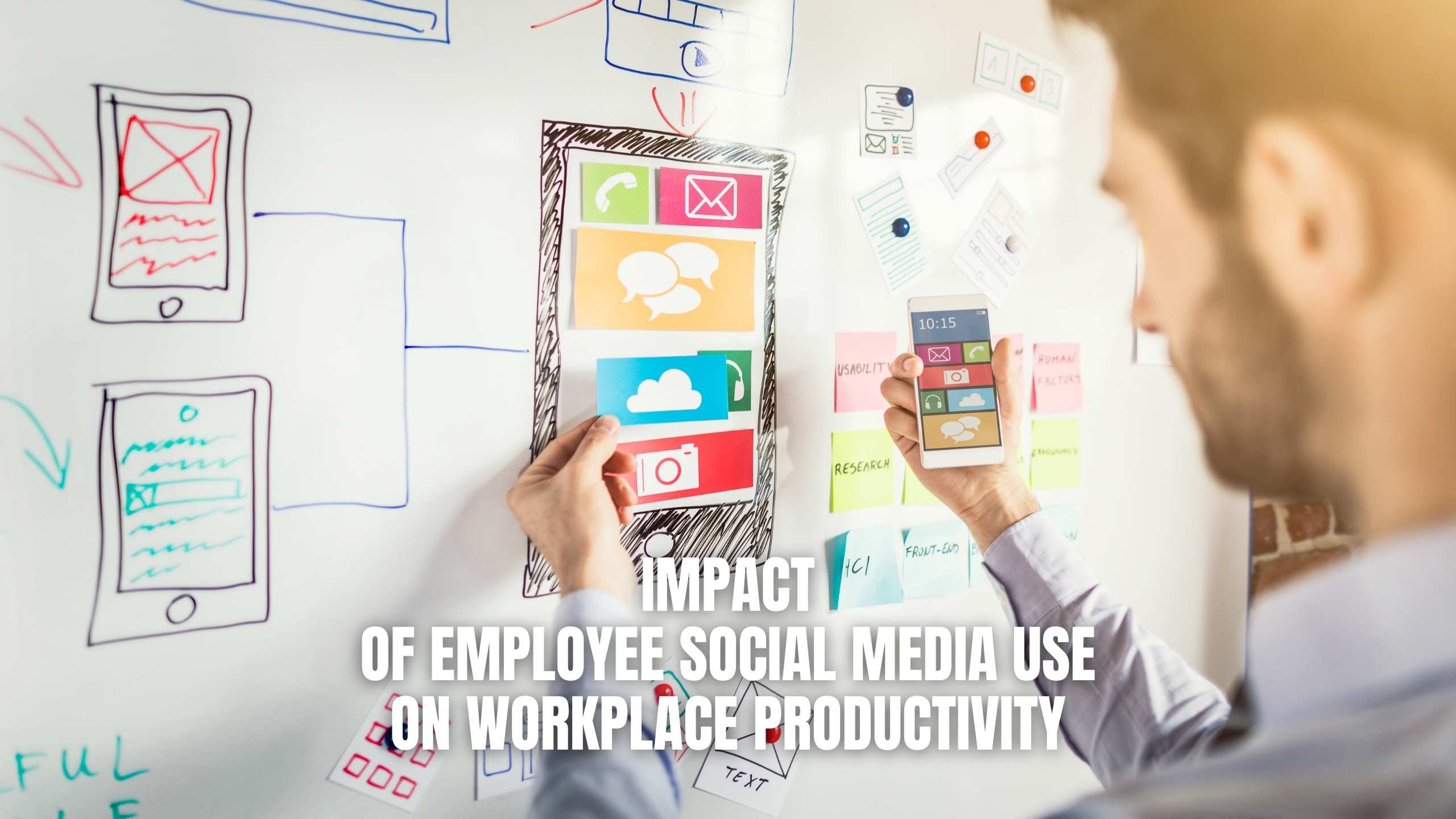Impact of Employee Social Media Use on Workplace Productivity
- Expense Management Software Credit Cards Investing Business Solutions


Impact of Employee Social Media Use on Workplace Productivity
In the contemporary workplace, the pervasive influence of social media has led to ongoing discussions about its impact on employee productivity. This comprehensive blog aims to delve into the nuanced aspects of how employee social media use affects workplace productivity, offering insights and solutions for businesses grappling with this modern challenge.
1. Understanding the Dynamics of Social Media in the Workplace
Social media has transitioned from a personal communication tool to a substantial presence in the professional realm. Employees often find themselves navigating social platforms during work hours, fostering connections, and staying updated on industry trends. However, this increased integration raises pertinent questions about the potential ramifications for productivity and workflow efficiency.
Despite the apparent drawbacks, social media platforms can serve as valuable resources for professional development, offering a medium for networking, knowledge sharing, and staying abreast of industry news. Striking a balance between leveraging these benefits and mitigating potential distractions is crucial for organizations aiming to maximize the advantages of social media in the workplace.
2. The Pros and Cons of Employee Social Media Use
The dichotomy of social media’s impact on workplace productivity presents both advantages and challenges. On the positive side, these platforms can facilitate communication, collaboration, and idea-sharing among team members. Conversely, excessive use may lead to distractions, hampering concentration and diminishing overall productivity.
Businesses need to acknowledge the dual nature of social media’s influence, understanding that judicious use can enhance teamwork and foster a positive work environment. Implementing policies that encourage responsible social media use while minimizing potential downsides is vital for maintaining a healthy balance.
3. Monitoring and Managing Social Media Use
Effectively monitoring and managing social media use within the workplace requires a nuanced approach. Stricter controls may lead to decreased employee morale, while a laissez-faire attitude may result in unproductive habits. Implementing intelligent monitoring tools that offer insights into individual and team usage patterns empowers employers to make informed decisions about social media policies.
Furthermore, organizations can consider fostering an open dialogue with employees about the role of social media in the workplace. By involving employees in the conversation, companies can collaboratively develop guidelines that strike a balance between social engagement and work-related responsibilities.
4. Employee Well-being and Job Satisfaction
Recognizing the impact of social media use on employee well-being is integral to fostering a healthy workplace environment. Continuous engagement with social platforms during work hours can contribute to burnout and negatively affect job satisfaction. Acknowledging the importance of mental health and establishing wellness initiatives can counteract these negative consequences.
Organizations that prioritize employee well-being often find themselves rewarded with increased job satisfaction, leading to higher levels of productivity. Striking a balance between work-related tasks and social interactions is essential for promoting a positive work environment and sustaining a motivated workforce.
Relevant SaaS Products
- TimeDoctor: Elevate workplace productivity by implementing TimeDoctor to track and manage employees’ time effectively, offering valuable insights into how social media usage may impact overall work hours.
- Monday.com: Foster collaboration and streamline communication within your team using Monday.com, which helps strike a balance between social interactions and work-related tasks through intuitive project management.
- Toggl Track: Gain insights into time spent on various tasks, allowing employers to understand the impact of social media breaks on overall productivity, and encouraging a more efficient allocation of time.
- RescueTime: Monitor and analyze employee computer usage to gain insights into the time spent on social media activities during working hours, aiding in creating data-driven policies for optimal productivity.
- Focus@Will: Boost concentration and minimize distractions with personalized music for work, potentially mitigating the negative effects of social media on focus and promoting a conducive work environment.
Conclusion
In conclusion, the intricate relationship between employee social media use and workplace productivity requires a balanced and nuanced approach. Understanding the dynamics, implementing effective monitoring strategies, and prioritizing employee well-being are crucial steps for organizations navigating this evolving challenge.
Elevate Workplace Productivity with Subscribed.fyi!
Ready to optimize your workplace productivity? Subscribed.fyi offers exclusive deals on essential SaaS tools designed to streamline your operations. Sign up for free to unlock secret deals and access savings on relevant SaaS products. Manage subscriptions, enhance productivity, and save big with Subscribed.fyi.
Relevant Links:





